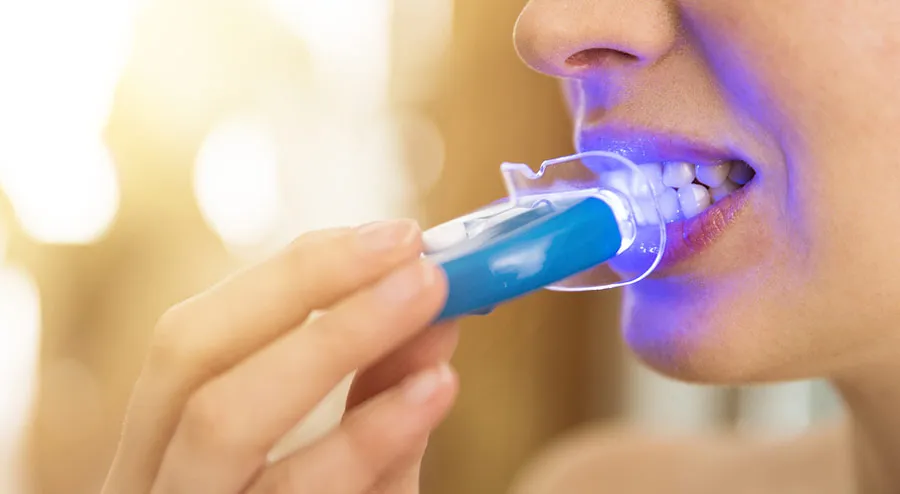What is Blue Light Teeth Whitening
Blue light teeth whitening is a popular cosmetic dental procedure designed to brighten and whiten teeth. This process typically involves applying a whitening gel, usually containing hydrogen peroxide, to the surface of the teeth. The blue light, emitted by a special lamp, then accelerates the chemical reaction, effectively breaking down stains and discoloration. The core principle is to enhance the whitening power of the gel, often leading to quicker and more noticeable results compared to using whitening products without the light activation. This method is commonly offered by dentists in their clinics and increasingly available in at-home kits, making it a convenient option for many seeking a brighter smile.
How Blue Light Whitening Works
The process of blue light teeth whitening involves a few key steps. First, a protective barrier, such as a cheek retractor, is put in place to keep the lips and gums away from the whitening agent. Next, the whitening gel, usually a high-concentration hydrogen peroxide solution, is carefully applied to the teeth. The blue light is then directed at the teeth, activating the gel. This light accelerates the oxidation process, allowing the gel to penetrate the enamel and break down the stain molecules. The treatment often takes about an hour, with the gel applied and the light used in several cycles to achieve optimal results. Post-treatment instructions usually involve avoiding staining foods and drinks to maintain the brightness achieved.
The Science Behind the Process
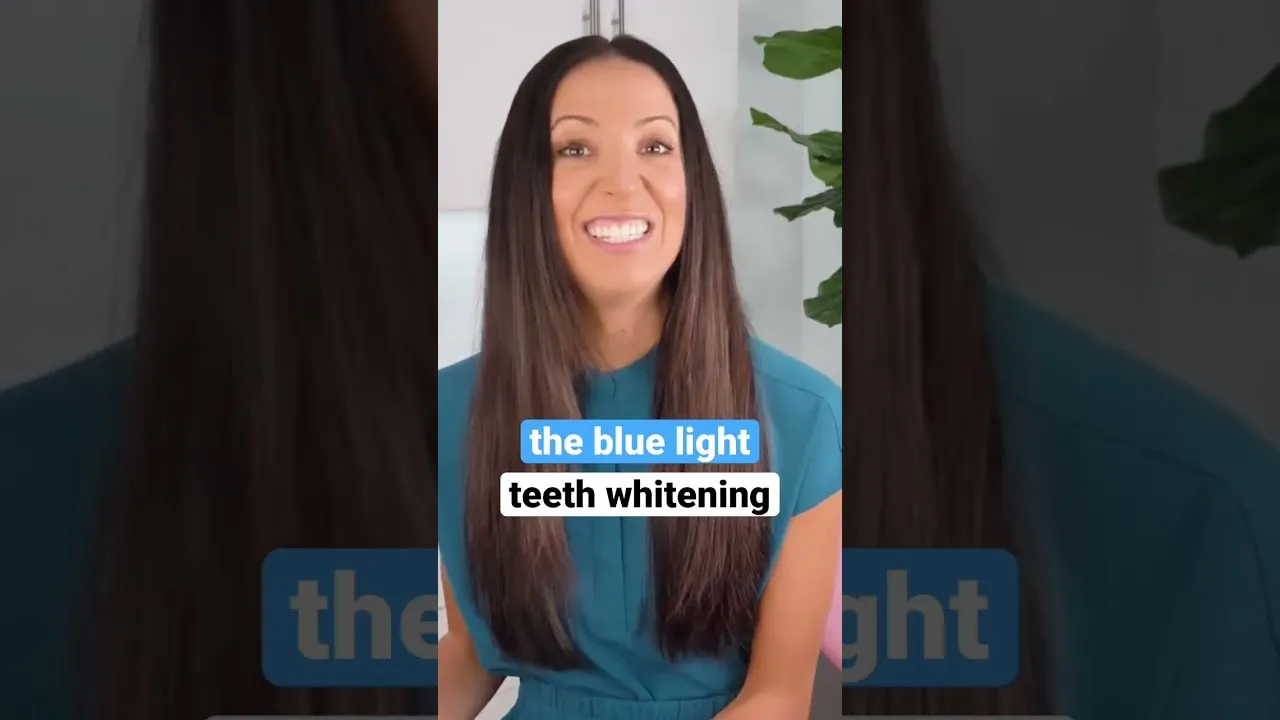
The science behind blue light teeth whitening centers on the photochemical reaction of the whitening agent and the blue light. Hydrogen peroxide, the primary whitening agent, works by releasing oxygen molecules that penetrate the enamel and dentin of the teeth. These oxygen molecules then interact with the stain molecules, breaking them apart and making them less visible. The blue light serves as a catalyst, speeding up this process. The light emits a specific wavelength that helps to activate the hydrogen peroxide more efficiently, allowing it to break down stains more rapidly. This accelerated process provides faster results and often enhances the overall whitening effect compared to using the whitening gel without the light.
Fact 1 Effectiveness and Results
Blue light teeth whitening is generally considered to be an effective method for whitening teeth. Many users experience significant improvements in the brightness of their smiles after just one session. The results can vary depending on the initial condition of the teeth and the type of stains present. However, the use of blue light often leads to more noticeable and quicker results compared to other methods, like using over-the-counter whitening strips or toothpaste. It’s crucial to remember that the effectiveness also depends on the concentration of the whitening agent and the duration of the treatment. It is generally more effective for extrinsic stains caused by coffee, tea, and tobacco rather than intrinsic stains caused by medications or trauma.
How Quickly Does It Work
One of the advantages of blue light teeth whitening is the speed at which it delivers results. In many cases, noticeable whitening can be observed immediately after the first treatment session. A typical in-office treatment takes about an hour, including preparation and the application of the whitening gel and blue light. The entire process might involve multiple cycles of gel application and light exposure to achieve the desired level of whitening. For those using at-home kits with blue light technology, the results are usually achieved over several days or weeks of consistent use, though this process can still be faster than using whitening products without the light.
How Long Do Results Last

The longevity of the results from blue light teeth whitening can vary depending on several factors. In general, the effects can last from several months to up to three years. This duration is influenced by lifestyle habits, like diet and oral hygiene practices. Regular consumption of staining foods and drinks, such as coffee, tea, red wine, and dark berries, can reduce the lifespan of the whitening effect. Good oral hygiene, including brushing twice a day, flossing daily, and regular dental check-ups, is essential for maintaining the results. Periodic touch-up treatments might be necessary to maintain the brightness of the smile, especially for those with habits that contribute to teeth staining.
Fact 2 Potential Side Effects
While blue light teeth whitening is generally safe, it does come with some potential side effects. The most common side effect is tooth sensitivity, which can occur during and after the treatment. This happens because the whitening agent can penetrate the enamel and irritate the nerves in the teeth. Another potential side effect is gum irritation or inflammation. This can happen if the whitening agent comes into contact with the gums during the procedure. Although these side effects are usually temporary and resolve within a few days after the treatment, it’s important to be aware of them before undergoing the procedure. Always consult with a dental professional before starting any teeth whitening treatment to understand the possible risks.
Sensitivity and Irritation
Tooth sensitivity is a frequently reported side effect of blue light teeth whitening. This sensitivity can manifest as sharp, sudden pains when consuming hot or cold foods and drinks. The intensity of the sensitivity varies among individuals, and it typically subsides within a few days or weeks after the treatment. Dentists often recommend using desensitizing toothpaste before and after the whitening procedure to minimize this effect. In some cases, they might also provide fluoride treatments to strengthen the enamel and reduce sensitivity. Avoiding overly hot or cold foods and drinks immediately after the procedure can also help to alleviate discomfort.
Gum Irritation Risks
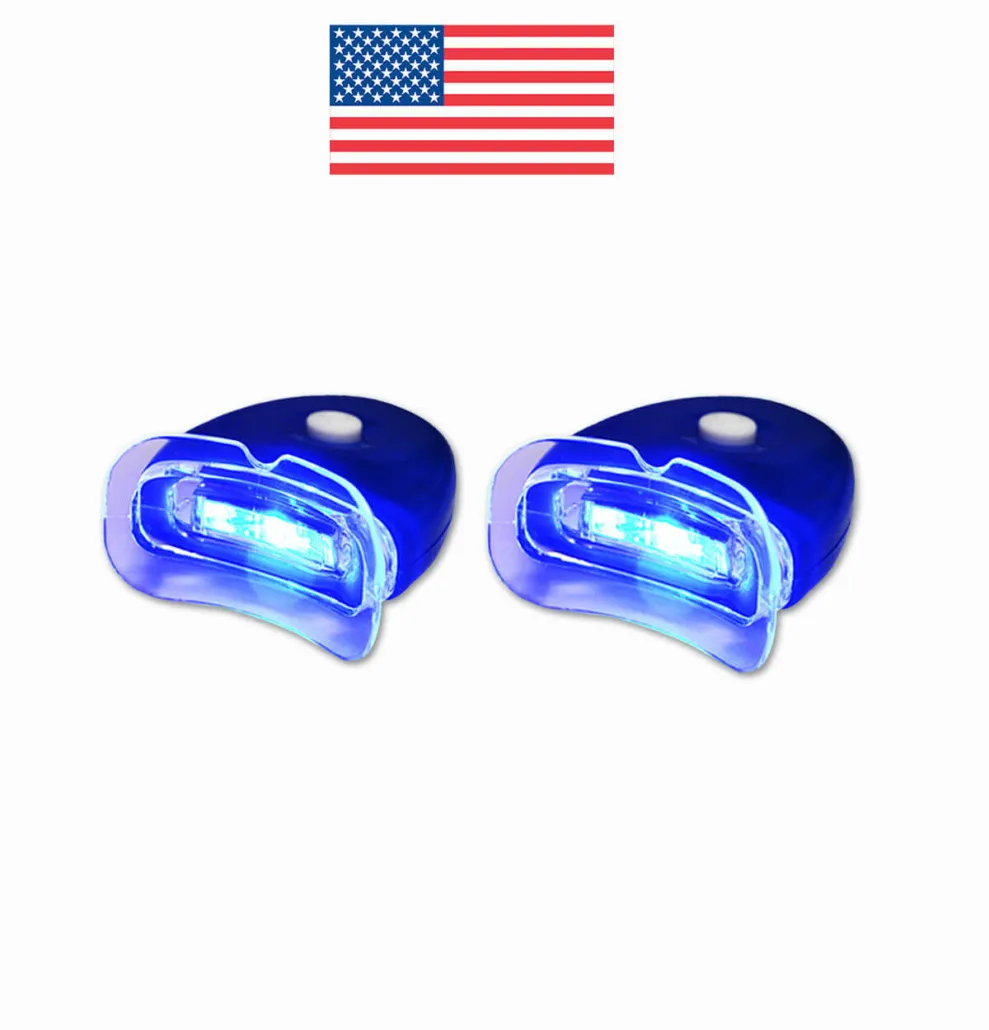
Gum irritation is another potential side effect of blue light teeth whitening. This can occur if the whitening agent, usually a high concentration of hydrogen peroxide, comes into contact with the gums during the procedure. Symptoms of gum irritation may include redness, swelling, and tenderness. To minimize this risk, dentists take precautions by using cheek retractors and applying a protective barrier to the gums before the whitening gel is applied. In most cases, any gum irritation is mild and temporary, resolving within a few days. If irritation persists or worsens, it’s essential to consult with a dentist for advice and treatment, which might include using a soothing oral rinse.
Fact 3 Safety Regulations and Standards
The safety of blue light teeth whitening is regulated by various bodies that set standards and guidelines to ensure consumer safety. These regulations aim to control the concentration of whitening agents, the type of light used, and the protocols for the procedure. Compliance with these standards is crucial for protecting patients from potential harm and guaranteeing the efficacy of the treatment. Consumers should always seek treatments from licensed dental professionals who adhere to these regulations and use approved products and techniques. This ensures that the procedure is performed safely and reduces the risks associated with unregulated practices. Regulatory compliance is an essential aspect of responsible cosmetic dentistry.
FDA and Other Regulatory Bodies
In the United States, the Food and Drug Administration (FDA) plays a key role in regulating the safety and efficacy of teeth whitening products. The FDA classifies teeth whitening products, including those used with blue light, as cosmetic products and requires that they meet specific safety standards. These standards focus on the concentration of hydrogen peroxide and the use of appropriate labeling and marketing practices. Additionally, dental professionals are governed by state dental boards, which establish guidelines for the safe and ethical practice of dentistry, including teeth whitening procedures. Consumers can verify the credentials of dental professionals and the approval status of whitening products to ensure they are receiving safe and compliant treatments.
Professional vs At-Home Kits
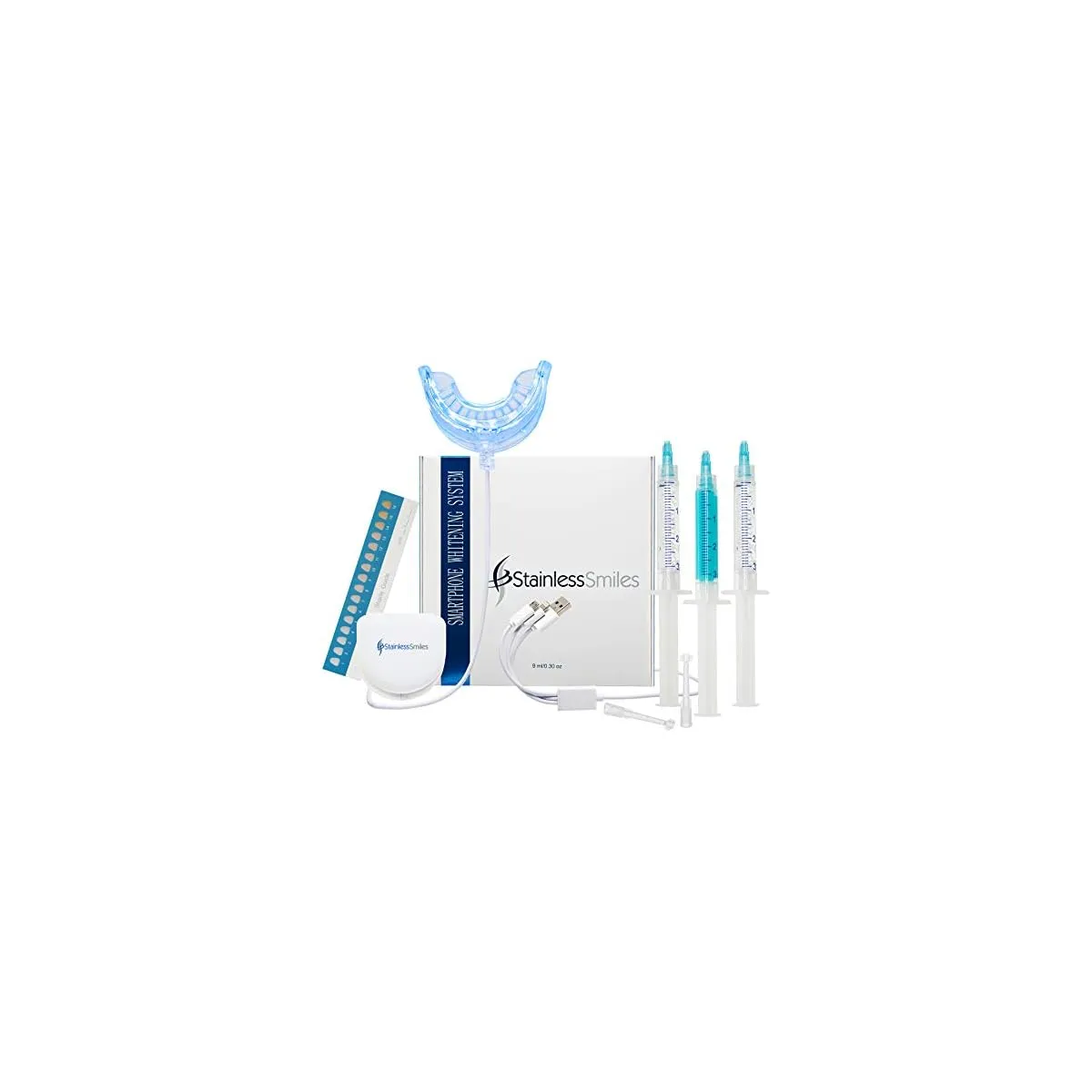
The safety considerations for blue light teeth whitening vary depending on whether the treatment is administered by a dental professional or using an at-home kit. Professional treatments, performed in a dental office, are generally considered safer because they are administered by trained and licensed professionals. Dentists are equipped to control the concentration of whitening agents and to take precautions to protect the gums and soft tissues. At-home kits can be convenient and less expensive, but they come with added risks. These kits may contain lower concentrations of whitening agents, but if used improperly, they can still cause sensitivity or irritation. Consumers should follow the instructions carefully and consult with a dentist before using any at-home teeth whitening kit to ensure they are appropriate for their dental health.
Fact 4 Important Considerations Before Treatment
Before undergoing blue light teeth whitening, there are several important considerations to keep in mind to ensure the procedure is safe and suitable for you. One key aspect is to have a thorough dental check-up to assess the overall health of your teeth and gums. This check-up allows the dentist to identify any pre-existing conditions, such as cavities, gum disease, or cracked teeth, which could affect the treatment outcome or increase the risk of side effects. Another critical consideration is your dental history and any previous treatments you may have had, as well as any sensitivity issues that you may experience. Discussing your expectations and concerns with your dentist will help you to make an informed decision and to understand the potential risks and benefits of the treatment.
Pre-Existing Conditions
Certain pre-existing dental conditions can impact the safety and effectiveness of blue light teeth whitening. Individuals with cavities, gum disease, or sensitive teeth may experience increased discomfort or complications from the treatment. Whitening agents can penetrate through cavities and irritate the tooth’s nerve, leading to increased sensitivity. Those with gum disease may experience further irritation and inflammation. For individuals with these conditions, it is recommended that they first address these issues with their dentist before proceeding with whitening. The dentist might suggest treatments like fillings, root canals, or periodontal therapy to ensure the health of the teeth and gums before the whitening process.
Dental Check-ups
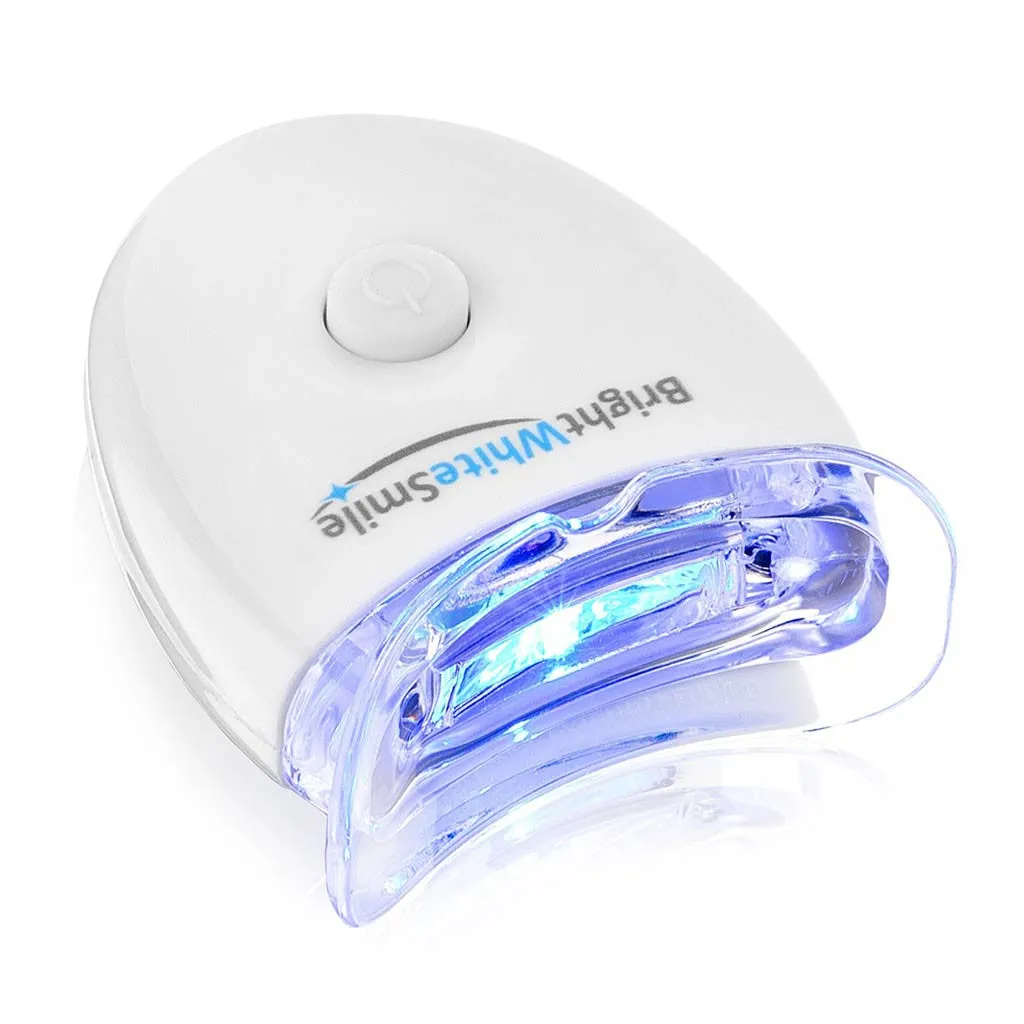
Regular dental check-ups are essential before undergoing blue light teeth whitening. These check-ups are crucial for identifying any potential problems that might affect the procedure. A dentist will examine your teeth and gums for signs of decay, gum disease, or other issues that need to be addressed. They can also assess the overall health of your teeth and determine if you are a good candidate for whitening. Dental check-ups also include professional cleanings to remove plaque and tartar, ensuring that the whitening gel can effectively contact the tooth surfaces. Routine check-ups allow the dentist to tailor the treatment plan to your specific needs, maximizing the benefits and minimizing any risks.
Fact 5 Alternative Whitening Methods
If blue light teeth whitening isn’t the right choice for you, or if you are looking for other options, there are several alternative methods available. These alternatives can be tailored to your individual needs and preferences, depending on your desired level of whitening, budget, and lifestyle. They range from over-the-counter products to other professional treatments. The most suitable option depends on your specific circumstances. Consulting with your dentist can help you choose the safest and most effective whitening solution for your teeth and smile.
Teeth Whitening Strips
Teeth whitening strips are a popular and convenient over-the-counter option for whitening teeth. These strips contain a thin layer of whitening gel, usually hydrogen peroxide, that adheres directly to the surface of the teeth. They are easy to use, applied for a specific time each day, and can be purchased without a prescription. The effectiveness of whitening strips can vary depending on the concentration of the whitening agent and the duration of use. They are generally less potent than professional treatments but can still provide noticeable results over time. However, it is important to follow the instructions carefully to avoid any gum irritation and to ensure optimal results. While convenient, the whitening effect might take longer to achieve compared to in-office treatments.
Professional Whitening
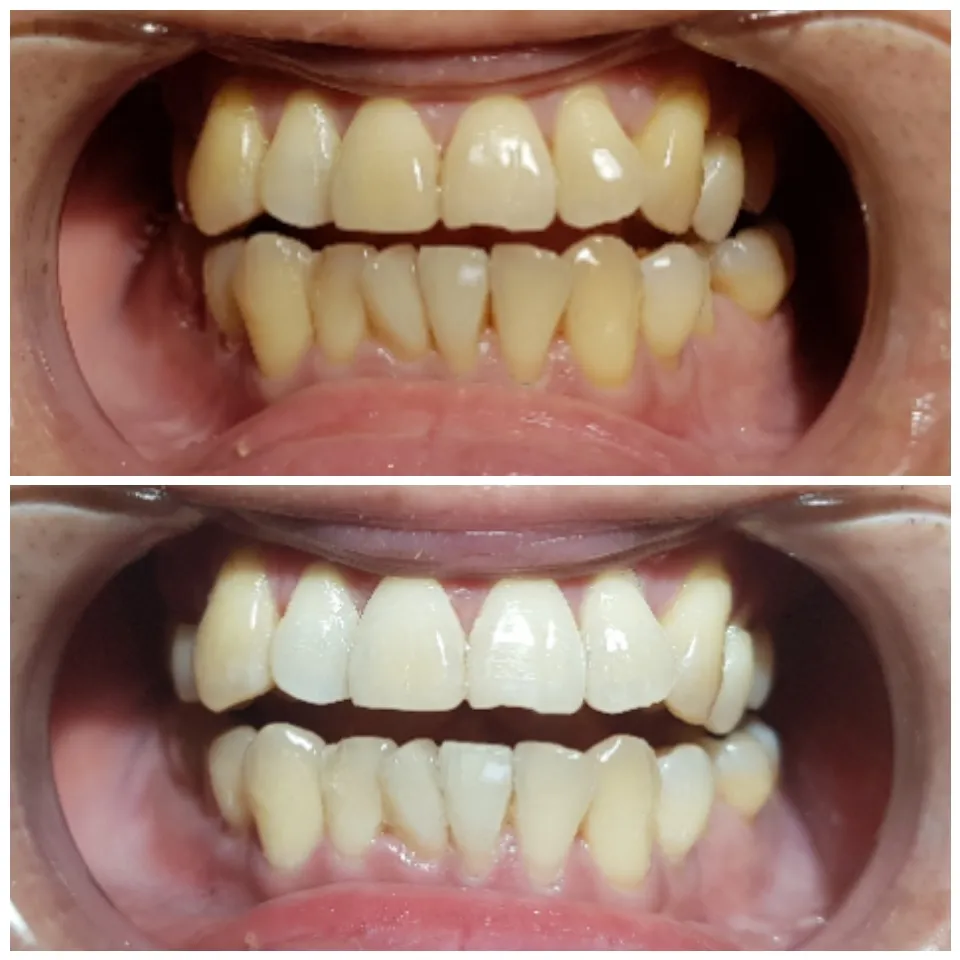
Professional teeth whitening offers more intensive and customized treatments than at-home methods. Dentists offer a range of professional whitening options, including in-office treatments with blue light and custom-fitted whitening trays that you can use at home. These professional treatments typically use higher concentrations of whitening agents, resulting in faster and more dramatic results. Your dentist can also address any underlying dental issues, ensuring the safety and effectiveness of the treatment. Although more costly than over-the-counter options, professional whitening is often considered safer and provides more predictable outcomes, especially if you have significant staining or specific oral health concerns. Consulting your dentist is crucial to find the best professional whitening solution tailored to your smile goals and oral health needs.
Conclusion
Blue light teeth whitening is generally a safe and effective cosmetic procedure when performed correctly and with proper precautions. Understanding the process, potential side effects, and safety regulations is essential for making an informed decision. Always consult with a dental professional to assess your oral health and determine if blue light whitening is right for you. With the right approach, you can achieve a brighter, more confident smile. Remember to maintain good oral hygiene and follow aftercare instructions to prolong the effects of the treatment and maintain a healthy smile.
